How To Use Reticle Rangefinder Scope ?
To use a reticle rangefinder scope, follow these steps:
1. Set the magnification: Adjust the scope's magnification to your desired level, ensuring a clear view of the target.
2. Estimate the target's size: Use the reticle's markings to estimate the size of the target. This can be done by comparing the target's size to the known dimensions of objects in the reticle.
3. Determine the range: Align the reticle's markings with the target's top and bottom edges. The reticle's markings will indicate the estimated range to the target based on its size.
4. Adjust for accuracy: Make any necessary adjustments to the scope's elevation and windage knobs to ensure accuracy. These adjustments will depend on the specific reticle and scope model.
5. Take the shot: With the range determined and adjustments made, aim at the target using the reticle and take the shot.
Remember to practice using the reticle rangefinder scope to become familiar with its features and improve your accuracy over time.
1、 Understanding Reticle Types in Rangefinder Scopes
To use a reticle rangefinder scope effectively, it is important to understand the different types of reticles available and how they function. A reticle, also known as a crosshair, is a pattern of lines or dots that helps the shooter aim accurately and estimate the distance to the target.
One common type of reticle in rangefinder scopes is the duplex reticle. It consists of thick outer lines that taper towards the center, where a thinner crosshair intersects. This type of reticle is popular due to its simplicity and ease of use. To use a duplex reticle rangefinder scope, align the center crosshair with the target and estimate the distance based on the thickness of the outer lines. The thicker the lines appear on the target, the closer it is.
Another type of reticle is the mil-dot reticle, which features small dots or hash marks along the crosshair. These dots are spaced at specific intervals, usually one milliradian (mil) apart. By using the mil-dot formula, shooters can estimate the distance to the target based on its size and the number of mils it covers in the reticle. This type of reticle requires some knowledge and practice to use effectively, but it offers more precise ranging capabilities.
In recent years, there have been advancements in reticle technology, such as illuminated reticles. These reticles have built-in illumination, which can be adjusted in intensity or color. Illuminated reticles are particularly useful in low-light conditions, as they enhance visibility and allow for better target acquisition.
When using a reticle rangefinder scope, it is crucial to practice and become familiar with the specific reticle type. Understanding the reticle's subtensions and how they correspond to target distance will greatly improve accuracy. Additionally, it is important to consider factors such as wind, bullet drop, and target size when estimating range using a reticle.
In conclusion, using a reticle rangefinder scope involves aligning the reticle with the target and estimating the distance based on the reticle's design. Different reticle types offer varying levels of precision and require different techniques to use effectively. By understanding the subtensions and practicing with the specific reticle type, shooters can improve their accuracy and make more precise shots.
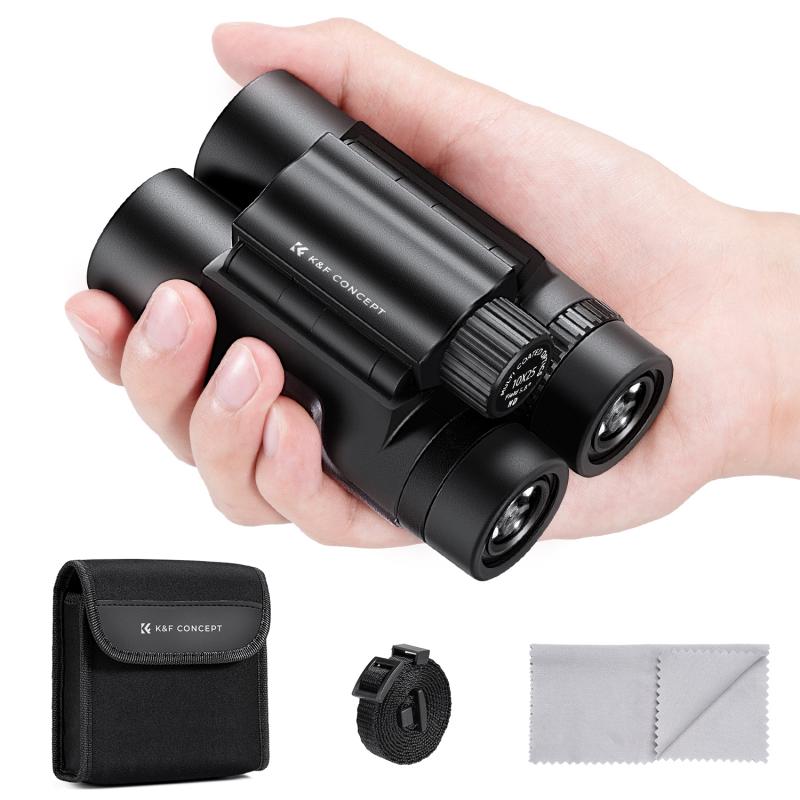
2、 Adjusting and Zeroing the Reticle Rangefinder Scope
To use a reticle rangefinder scope effectively, it is crucial to understand how to adjust and zero the scope. Here is a step-by-step guide on how to do so:
1. Mount the scope: Begin by securely mounting the reticle rangefinder scope onto your firearm. Ensure that it is properly aligned and tightened to prevent any movement during use.
2. Adjust the eyepiece: Look through the scope and adjust the eyepiece until the reticle appears sharp and clear. This step is essential for achieving a crisp image and reducing eye strain.
3. Adjust the windage and elevation: Most reticle rangefinder scopes come with windage and elevation adjustment knobs. These knobs allow you to move the reticle horizontally (windage) and vertically (elevation) to align it with the point of impact. Use the provided tools or your fingers to make these adjustments.
4. Zero the scope: Zeroing the scope means aligning the reticle with the point of impact at a specific distance. To do this, select a target at your desired zeroing distance. Take a shot and observe where the bullet hits in relation to the reticle. Adjust the windage and elevation knobs accordingly until the reticle is aligned with the bullet impact.
5. Confirm zeroing: After making adjustments, take a few more shots to ensure consistency. If needed, fine-tune the windage and elevation knobs until the reticle consistently aligns with the point of impact.
It is important to note that different reticle rangefinder scopes may have specific instructions provided by the manufacturer. Always refer to the user manual for any additional steps or considerations.
In recent years, reticle rangefinder scopes have seen advancements in technology, such as the integration of laser rangefinders. These scopes can now provide accurate distance measurements to the target, allowing for more precise adjustments and improved shooting accuracy. Additionally, some scopes offer illuminated reticles, making them easier to see in low-light conditions.
Remember, practice and familiarity with your reticle rangefinder scope are key to mastering its use. Regularly engage in target shooting and adjust as needed to maintain optimal performance.
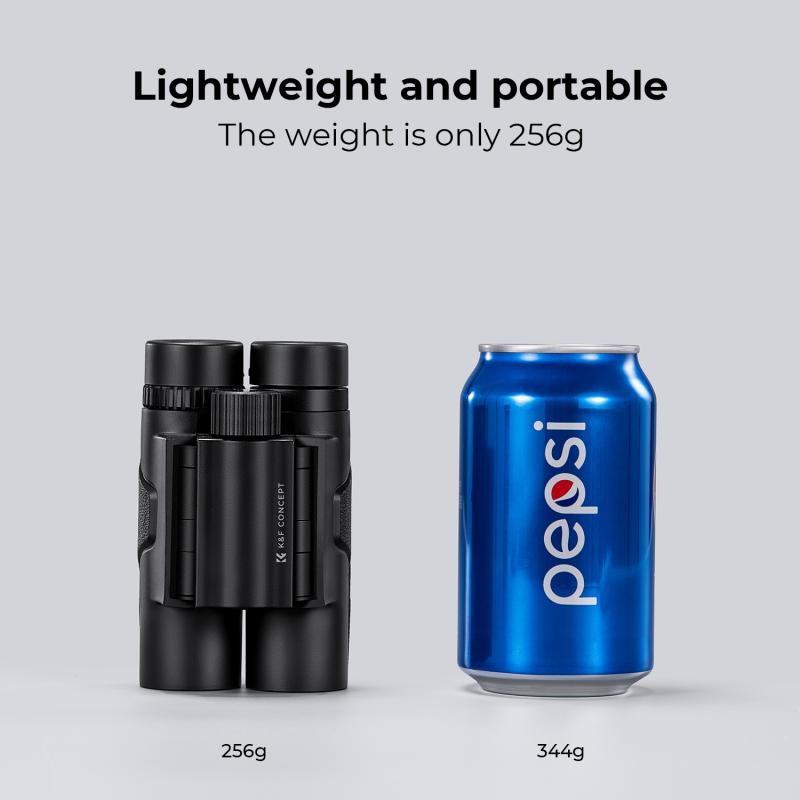
3、 Estimating Range with a Reticle Rangefinder Scope
To use a reticle rangefinder scope effectively, follow these steps:
1. Understand the reticle: Familiarize yourself with the reticle pattern of your scope. Most reticles have hash marks or dots that represent specific distances. Each mark or dot corresponds to a known range, usually in yards or meters.
2. Determine the target size: Estimate the size of your target. This can be done by comparing it to known objects or using a rangefinder if available. Knowing the target size will help you select the appropriate reticle mark for accurate range estimation.
3. Align the reticle: Align the reticle with the target. Ensure that the target is centered within the reticle and that the hash marks or dots are visible.
4. Estimate the range: Use the reticle marks to estimate the range. The specific method may vary depending on the reticle design. Some reticles have marks that correspond to specific target sizes, while others require you to estimate the number of marks between the target and a reference point.
5. Practice and verify: Practice using the reticle rangefinder scope in various scenarios to improve your accuracy. Verify your range estimations by using a laser rangefinder or other reliable methods whenever possible.
It's important to note that the effectiveness of a reticle rangefinder scope depends on the user's ability to estimate range accurately. Factors such as target size, atmospheric conditions, and user experience can affect the accuracy of range estimations. Therefore, regular practice and familiarity with the scope are crucial for achieving consistent results.

4、 Utilizing Holdover and Windage Corrections with the Reticle
To effectively use a reticle rangefinder scope, it is crucial to understand how to utilize holdover and windage corrections. These adjustments are essential for accurately compensating for bullet drop and wind drift, ensuring precise long-range shots.
Holdover refers to the compensation for bullet drop at various distances. The reticle in a rangefinder scope typically has hash marks or dots that correspond to specific distances. By estimating the range to the target using the reticle rangefinder, you can then use the appropriate hash mark or dot to aim higher than the target to compensate for bullet drop. It is important to practice and become familiar with the reticle's subtensions to make accurate holdover adjustments.
Windage correction is necessary to account for wind drift, which can significantly affect bullet trajectory. The reticle rangefinder scope may have windage marks or dots that help estimate the wind's direction and speed. By observing the wind and making adjustments accordingly, you can aim slightly to the left or right of the target to compensate for wind drift. It is crucial to consider both the wind's speed and direction to make accurate windage corrections.
To utilize holdover and windage corrections effectively, it is recommended to practice in various shooting conditions and distances. Understanding the ballistics of your specific ammunition and firearm combination is also important. Additionally, staying updated with the latest advancements in reticle technology can provide valuable insights and improvements in utilizing holdover and windage corrections.
Remember, mastering the use of holdover and windage corrections with a reticle rangefinder scope requires practice, experience, and a thorough understanding of your equipment. Regular training and familiarization with your scope's reticle will help you become proficient in making accurate long-range shots.




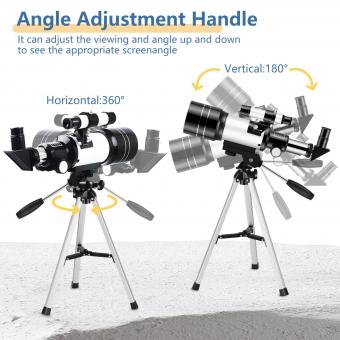






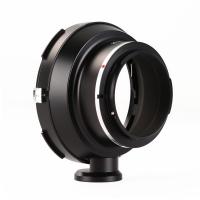

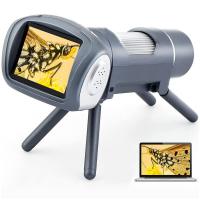

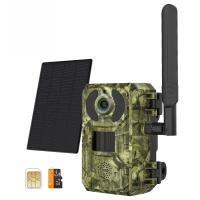


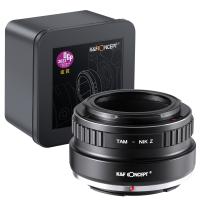


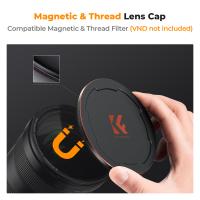

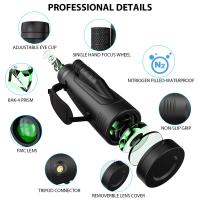
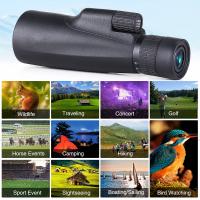




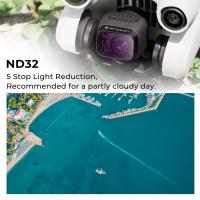

There are no comments for this blog.